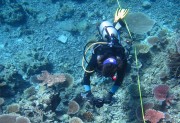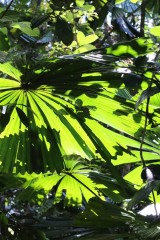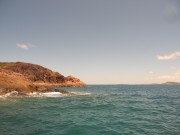Kate Osborne
Author of


The last decade in north Queensland has seen a striking contrast of summers of below median rainfall (2002-2006) and ‘big wets’ (2007-2012). The run of relatively dry summers, followed by the years of high summer rainfall created perfect conditions for researchers to study the effects of river runoff on water clarity in the Great Barrier Reef (GBR) lagoon.

It will be no surprise to anyone who has visited the Wet Tropics World Heritage Area (WTWHA) that both visitors and the local Queenslanders love the place. The region is famous for its wildlife, biodiversity and natural beauty. Exactly how much we love it, and what in particular we love about it, is being studied by researchers at JCU. They found safety and being able to access quality infrastructures to be the most important factors, no matter who you are, or where you come from.

Pesticides from agricultural sources have been detected throughout the year in the Great Barrier Reef World Heritage Area (RRMMP). Australia has strict standards and monitoring to limit the amount of pesticides allowed in food products. However, the fate and impact on the environment of toxic chemicals applied to crops is less well known.

It’s a classic conservation planning problem. There are hundreds of islands within the Great Barrier Reef World Heritage Area with ecological values of national and international significance. Serious threats to those values are posed by invasive plants and animals, and there are limited people and money to manage the threats. How should the conservation dollar be spent?





